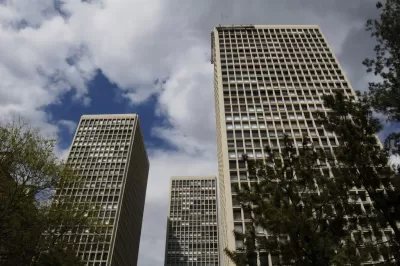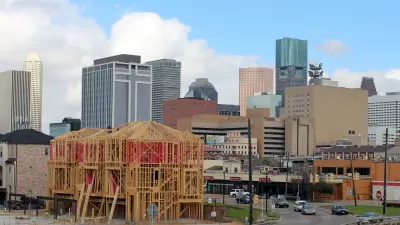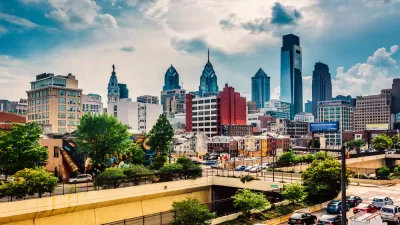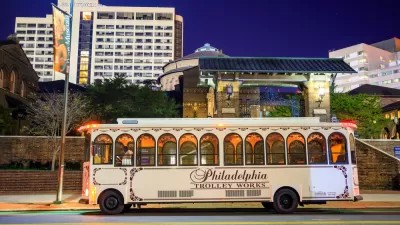Gentrified in the 1960s during the height of urban renewal, Society Hill is a historical precedent as Philadelphia confronts present-day gentrification.

Jake Blumgart and Jim Saksa give a long view on gentrification in Philly, focusing on neighborhoods like Society Hill that were "renewed" during the white flight era. "The reinvention of Society Hill in the 1960s is widely considered one of the first instances of gentrification — although no one called it that at the time. [...] No one wants to identify themselves as a gentrifier, not even a half-century later."
It's often said that gentrification begets displacement, but one question is how. "Displacement is notoriously difficult to track, especially because low-income renters move more frequently than the average population. The studies that have come out with conclusive data have found that gentrification is associated with minor levels of direct displacement, but that rising housing costs make it less likely for lower-income people to move into gentrifying neighborhoods."
As prices rise in so many urban cores, those concerned with equity want to avoid following in the footsteps of ultra-expensive coastal metros. As the University of Pennsylvania's Ken Steif put it, "Look at cities like New York and San Francisco that were in similar places 30 years ago. Trying to find equity in those cities nowadays is almost a lost cause. [...] We should be figuring out whether Philadelphia is going to undergo the same kind of shock that New York and San Francisco have, and how can we ensure that everyone is better for it."
FULL STORY: From slums to sleek towers: How Philly became cleaner, safer, and more unequal

Planetizen Federal Action Tracker
A weekly monitor of how Trump’s orders and actions are impacting planners and planning in America.

Congressman Proposes Bill to Rename DC Metro “Trump Train”
The Make Autorail Great Again Act would withhold federal funding to the system until the Washington Metropolitan Area Transit Authority (WMATA), rebrands as the Washington Metropolitan Authority for Greater Access (WMAGA).

DARTSpace Platform Streamlines Dallas TOD Application Process
The Dallas transit agency hopes a shorter permitting timeline will boost transit-oriented development around rail stations.

Renters Now Outnumber Homeowners in Over 200 US Suburbs
High housing costs in city centers and the new-found flexibility offered by remote work are pushing more renters to suburban areas.

The Tiny, Adorable $7,000 Car Turning Japan Onto EVs
The single seat Mibot charges from a regular plug as quickly as an iPad, and is about half the price of an average EV.

Supreme Court Ruling in Pipeline Case Guts Federal Environmental Law
The decision limits the scope of a federal law that mandates extensive environmental impact reviews of energy, infrastructure, and transportation projects.
Urban Design for Planners 1: Software Tools
This six-course series explores essential urban design concepts using open source software and equips planners with the tools they need to participate fully in the urban design process.
Planning for Universal Design
Learn the tools for implementing Universal Design in planning regulations.
Municipality of Princeton
Roanoke Valley-Alleghany Regional Commission
City of Mt Shasta
City of Camden Redevelopment Agency
City of Astoria
Transportation Research & Education Center (TREC) at Portland State University
US High Speed Rail Association
City of Camden Redevelopment Agency
Municipality of Princeton (NJ)





























